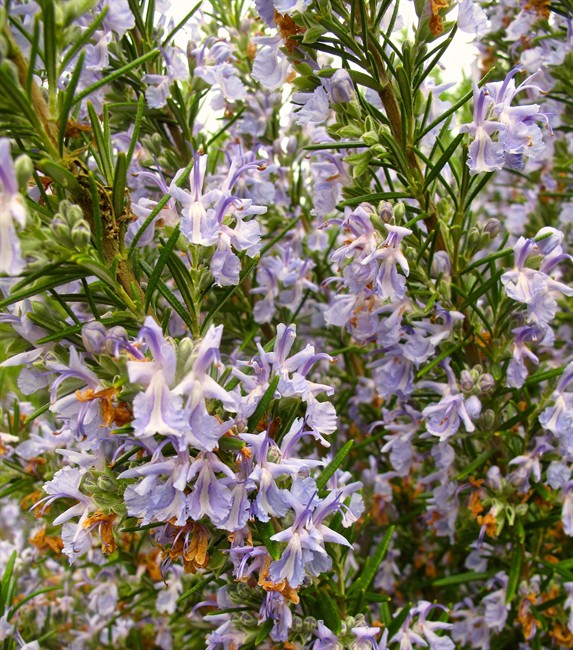Herbs are among the most useful plants in nature. They deliver flowers, flavours, fragrances and cures. They’re also good for repelling deer, attracting pollinators, clearing the air, freshening your breath and concocting beauty treatments.

Most are easy to grow, indoors or out. Herbs don’t require much space, and many thrive in dry conditions.
“These are really multi-purpose plants,” said Sue Goetz of Tacoma, Washington, author of “The Herb Lover’s Spa Book.” “There is no other plant category with so much diversity.”
Herbs probably are best known for their culinary qualities, but using them for fragrance has captivated gardeners for thousands of years.
“Plant extracts were used in bathing, and for scenting and cleansing linens and clothes, the floors of homes, tiles, tents, horses and even the sails of ships,” Goetz said. “In Elizabethan times, aromatic herb waters and cut stems of plants were sprinkled on floors to mask unpleasant odours.”
There are more than 100 different herbs from which to choose. It all depends on what you want from them.
LEARN MORE: Culinary herb guide
Think beyond kitchen gardens, said Goetz, who recommends herbs for sanctuary settings.
“Surrounding yourself with herbs in the garden is like having your own fresh apothecary,” she said.
“These aren’t just plants that do one thing, like taste good; they heal, have anti-bacterial qualities, soothe skin, calm down a bad mood.”
Goetz singles out mint as a plant familiar to most people yet with healing qualities all but unknown.
“It is a wonderful aromatic that uplifts a tired mind, or when used in a foot spa, mint is a stimulant that revives tired feet by bringing blood to the surface or the skin,” she said.
Herbs also come in handy if you have animals around the house, said Pam Miller, a master gardener from Frederick County, Maryland. She shared some little-known secrets in a University of Maryland Cooperative Extension fact sheet.
“A wonderful way to deodorize carpets from pet smell is to mix two parts of baking soda to one part dried lavender flowers or leaves.”
“Sprinkle onto the carpet as you would use a carpet deodorizer,” Miller said. “Wait 15 minutes and vacuum. Not only will your carpet be refreshed, but also the ingredients will not harm your dog or cat. And it smells great when you vacuum it up.”
Miller also suggests saving dried lavender stems for woodstoves or fireplaces as a fragrant additive when lighting up.
Here are three herbs that people often overlook, along with some extraordinary uses:
BASIL: “Most people think of this herb (for) their latest pasta dish, but it is a good tonic herb,” Goetz said. “Basil water will help heal irritated skin. I love using the purple-leaf varieties to add colour to container gardens.”
LEMON VERBENA AND SCENTED GERANIUMS (PELARGONIUMS): Intensely fragrant when rubbed or brushed against.
GERMANDER: “Nice as a small herbal hedge,” Goetz said. “Hang them in the kitchen or bathroom for a deodorizing air freshener.”
For more about indoor and outdoor herb gardens, check out this fact sheet.

Comments